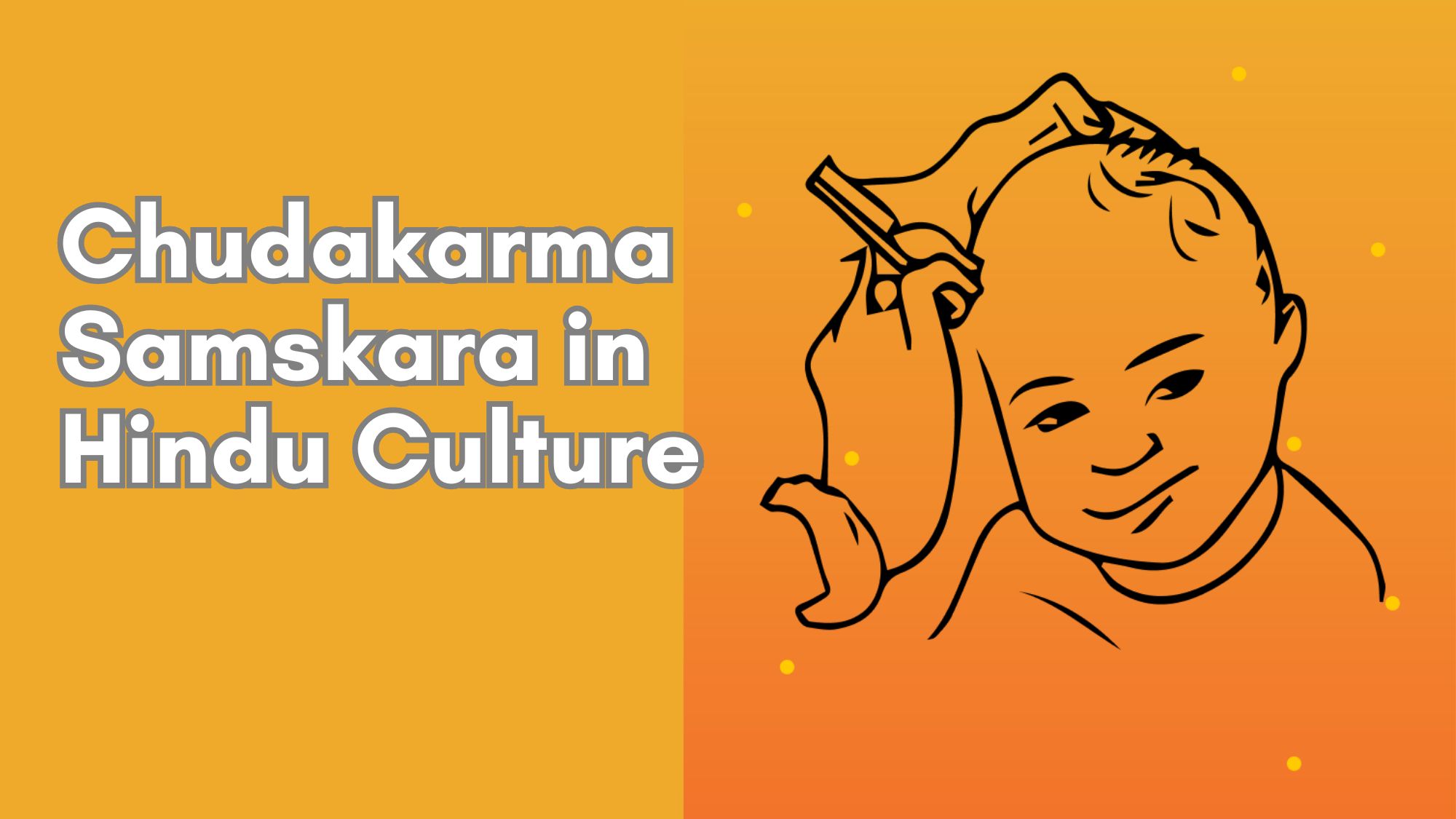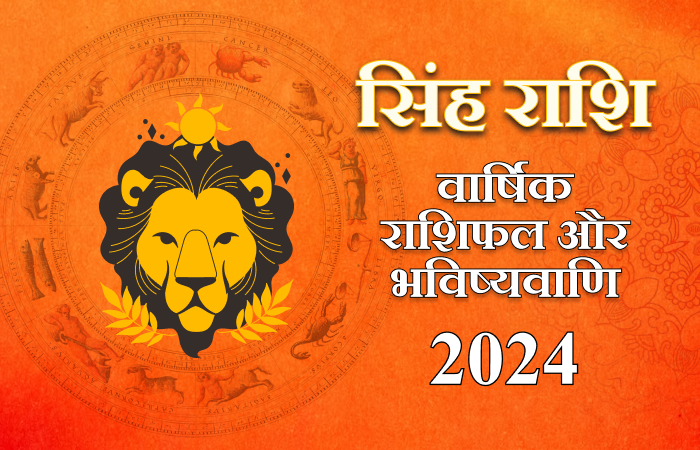Mundan or Chudakarma Samskara in Hindu Culture

In Hinduism, rituals or samskaras, are significant milestones in a person’s life and hold sacred importance. It is believed that samskaras purify the soul and cleanse sins from both the mortal body and the immortal soul. The term “Samskara” literally means culture, refinement, or perfection in Sanskrit.
As taught through the Vedas, samskaras instill the principles of karma in a person’s life. These rituals leave subconscious impressions on people’s minds, shaping their behaviour and perception of the world. This understanding brings them stability, calmness, and inner peace.
The Vedic scriptures identify 40 samskaras, with 16 major ones known as the “shodasha samskaras” being the most famous as well. In Hinduism, every aspect of life is considered sacred, and any auspicious activity is preceded by a celebration. These celebrations, marking a person’s transition through different stages of life—from conception to cremation—constitute the samskaras.
One of the most important and famous of them is Mundan Samskara, which involves shaving the head. This tradition is typically followed when a child is about a year old and is often performed at religious sites. Let us tell you more about it.
What Is Mundan or Chudakarma Samskara?
The Mundan Sanskar is believed to be important for the child’s health, strength, and overall well-being. This ritual can bring intelligence and strength from the divine to the child. Also, it’s believed that immersing the removed hair in a holy river can help cleanse the child of past karmas.
What is the Significance of the Mundan?
What Do Our Texts Have to Say About Mundan?
The hair present at a child’s birth is considered impure. By performing the Mundan Sanskar, also known as Chudakarma Sanskar, the child becomes pure, and any curses from previous births are removed. This ceremony is believed to cleanse the newborn of past birth sins, making the child a sacred part of society.
According to religious texts, a soul attains a human body after passing through 8.4 million different life forms (yonis). Each of these life forms influences human birth. Shaving a child’s head during Mundan Sanskar is seen as a way to purify the child from these previous yonis.
A person’s intelligence starts developing during infancy. This ritual is performed to stimulate the child’s intelligence and knowledge.
The Science Behind Mundan
There is a scientific reason for removing a newborn child’s hair during Mundan Sanskar. While the child was in the womb, germs and bacteria could stick to their hair, which might harm their skin. Since it’s difficult to clean this hair thoroughly, shaving it off from the roots helps protect the child’s health.
What Is the Correct Time for Mundan?
In Hinduism, the best ages for performing the Mundan Sanskar are from 1 year to 3 years and these times are considered very auspicious for the ritual. However, in some communities, it is done until the age of 7, but rarely.
According to astrological principles, years like the 2nd, 4th, or 6th years are not considered auspicious for Mundan Sanskar.
For the eldest son or daughter’s Mundan Sanskar, it should be done when the Sun is in the Taurus sign. If a child is 5 years old or younger, their Mundan Sanskar should be postponed if their mother is more than 5 months pregnant.
The day of Mundan Sanskar should be chosen when the Sun is transitioning through Capricorn, Aquarius, Aries, Taurus, or Gemini, as these periods are considered very auspicious.
Mondays, Wednesdays, Thursdays, and Fridays are considered good days for performing the Mundan Sanskar of a child. According to astrologers, these days are very auspicious for this ritual.
Mundan Sanskar should be done during a favourable time. Parents typically consult a priest or astrologer to find the best time based on the child’s birth details. Once the auspicious time is identified, they visit temples to perform the Mundan Sanskar for their child.
Which positions of Nakshatras are favourable for Mundan?
For Chudakaran Sanskar, the nakshatras Swati, Punarvasu, Shravan, Dhanishta, Shatabhisha, Ashwini, Hasta, Pushya, Mrigashira, Revati, Chitra, and Jyeshtha are considered very auspicious. The day of the Sanskar should fall under one of these nakshatras.
The Chudakaran Sanskar of a child should be scheduled on the 2nd, 3rd, 5th, 7th, 10th, 11th, or 13th lunar days of a month, as these days are considered very auspicious for this ritual.
Which Ascendents Are Favourable for Mundan?
The ascendant, or rising sign, plays a crucial role in determining the auspiciousness of the Muhurat for Mundan Sanskar. Generally, all ascendants are considered auspicious except for the one that is 8 signs away from the child’s moon sign.
In this ceremony, an auspicious planet’s ascendant and navamsha are preferred. It’s ideal if benefice planets occupy the Kendra (1st, 4th, 7th, and 10th) and are triangular houses (1st, 5th, and 9th), while malefic planets are placed in the 3rd, 6th, or 11th houses. An empty 8th house further enhances the auspiciousness of the Muhurat.
When Should Mundan Not be Performed?
According to astrology, the Mundan Sanskar should be cancelled if the Moon transits the 4th, 8th, or 12th house from the child’s birth sign. Also, the ritual should be avoided if there is tara dosha in the 3rd, 5th, or 7th house.
Frequently Asked Questions
Q: What is Chudakarma Samskara?
A: Chudakarma Samskara is the act or process of cutting the first grown hair on the child’s head in Hindu culture.
Q: What is the other name of the Mundan ceremony?
A: Chudakarma Samskara also known as the Mundan ceremony, involves shaving off the child’s first grown hair.
Q: At what age should Mundan be done?
A: In Hindu culture, the best ages for performing the Mundan Sanskar are 1 year to 3 years, and these times are considered very auspicious for the ritual.









